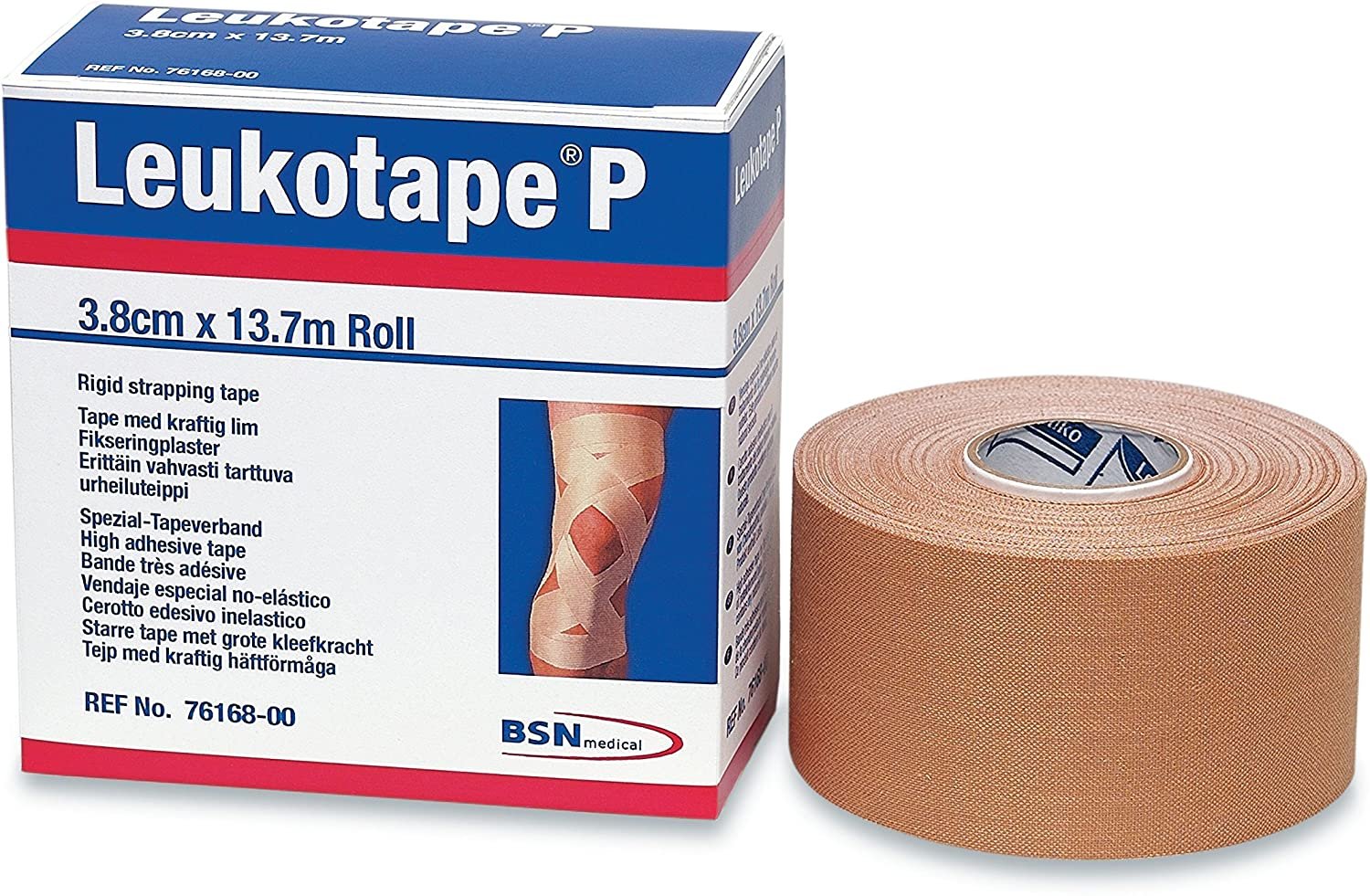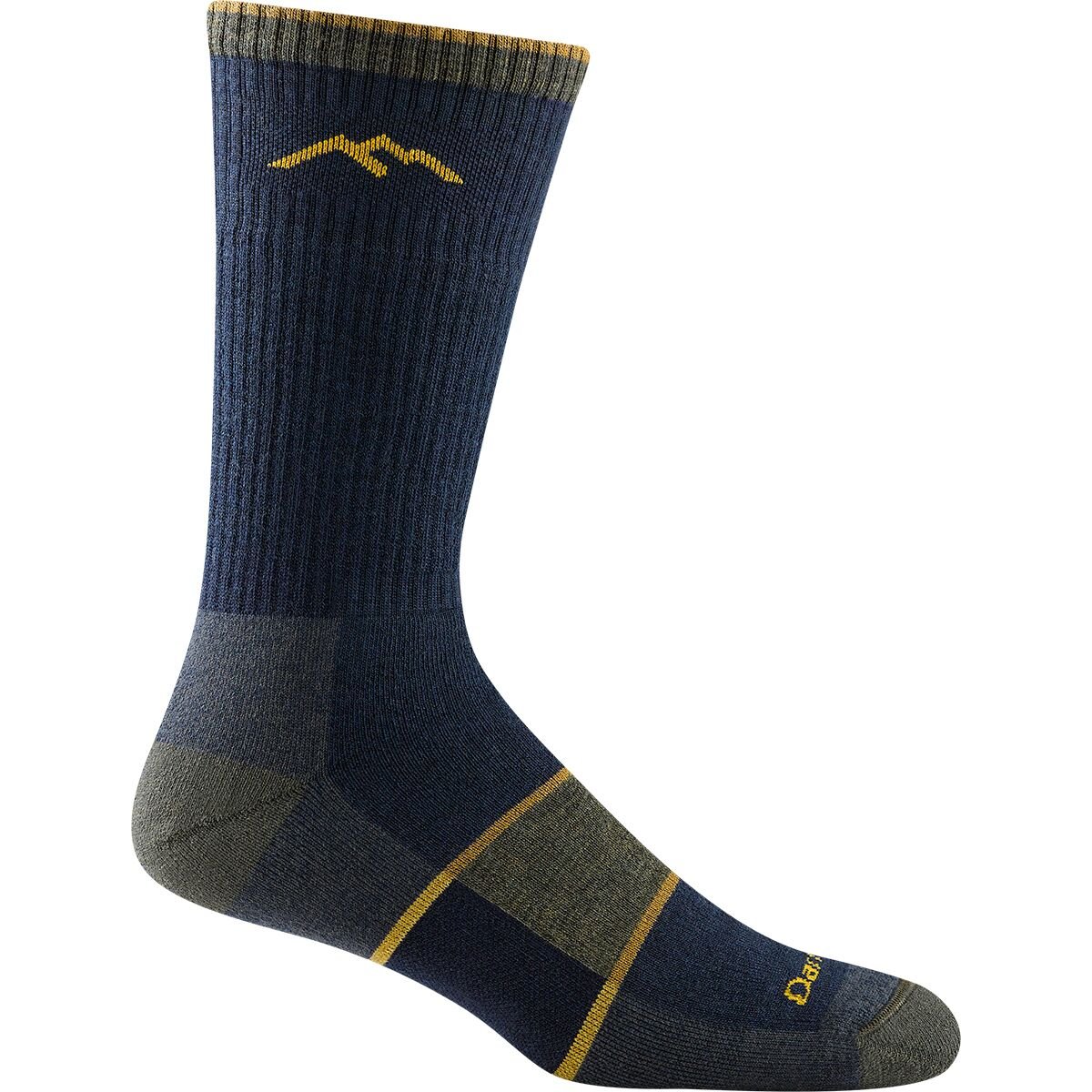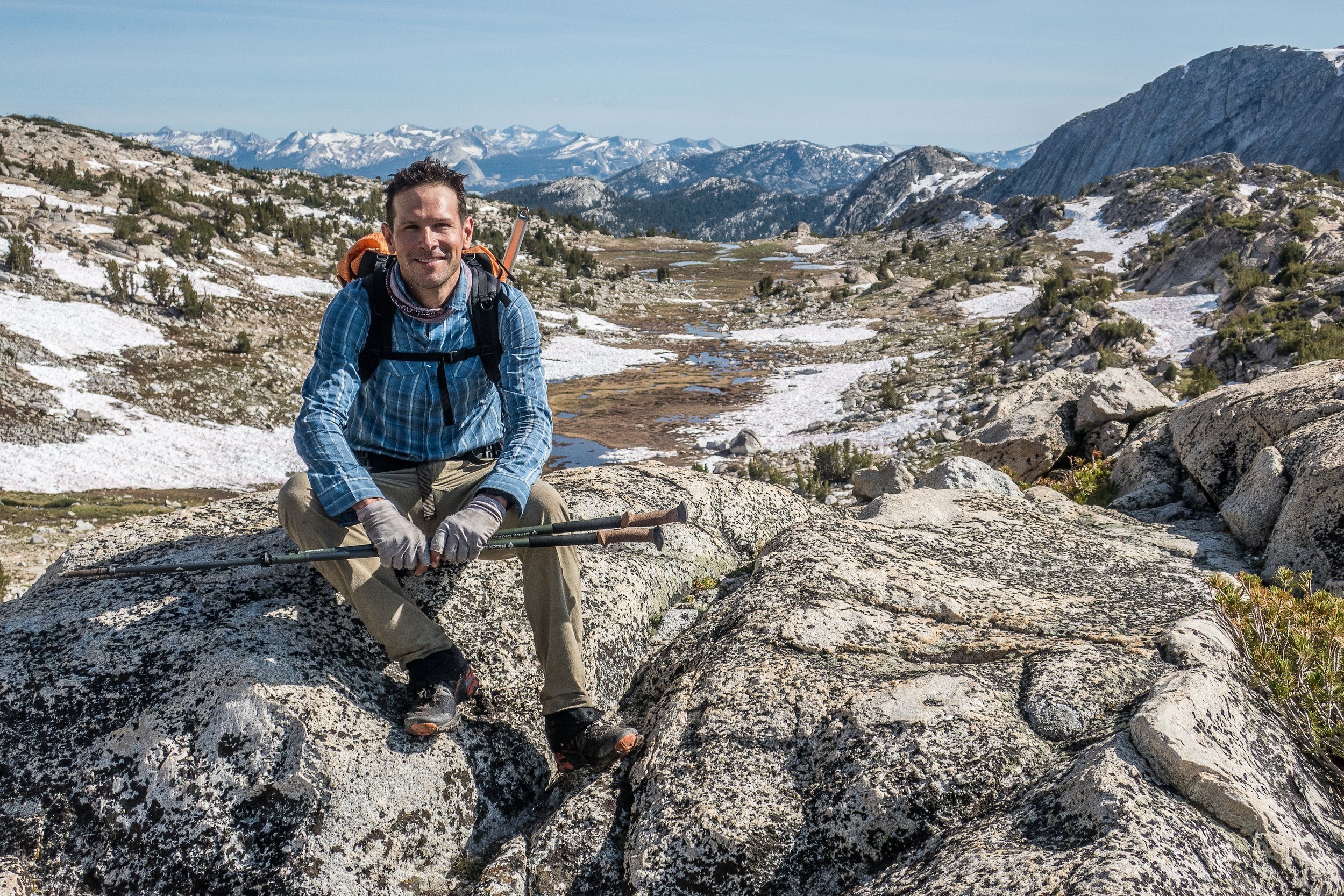Footcare and Blister Prevention For Backpack Hunters
We’ve all seen those pictures floating around the internet of toes and heels blistered so bad it turns your stomach inside out. Blisters happen to the best of us, but they are preventable and treatable if you know what you’re doing. There’s no perfect solution to blister prevention because each boot, foot, and skin type is different. It’s an exercise in finding the right combination of treatment and prevention to make your life on the mountain enjoyable for your feet.
Image courtesy of Vlad Tchompalov @tchompalov
What Causes Blisters?
Excessive rubbing paired with moisture is to blame for those troublesome bubbles forming under your skin. Some feet are more prone to blisters than others so if you’re the type to have never experienced the pain of a heel or pinky toe blister, consider yourself lucky. For everyone else reading this, know that most everyone battles blisters at some point in time so you’re not alone. The more you can do to reduce moisture and rubbing inside your boot, the better off you’re going to be in the field. It takes dedication, self-awareness, and a willingness to address oncoming hot spots immediately, regardless of what’s happening around you.
A hot spot is the first sign of trouble and it feels like nothing more than a warm spot on your heel or elsewhere on your foot. You may not even notice it at first, but once you do, it’s important to assess what’s going on and fix the issue before it turns into a full-blown blister. Those who continue pushing through thinking “it doesn’t hurt yet” may very well find themselves in their tent at night asking the age-old question of “to pop, or not to pop?”
Blister Prevention
If rubbing, moisture, and lack of self-awareness are what cause blisters then here are a few things you can do to battle those nasty bubbles of pain.
Size Up Your Boot
An easy way to reduce rubbing in your boot is to ensure you’re wearing the right size of footwear. Boots that are too tight won’t allow the foot to breathe and when going downhill, they’ll cause the toes to jam forward. Sizing up by a half-size also allows your foot room to swell during prolonged hiking and can be one of the easiest things you can do to prevent blisters from forming.
Rotate Your Socks
Rotating into dry socks during breaks is a great way to ensure your feet remain as try as possible. You can let the damp socks air out on the outside of your pack or toss them in a pocket to dry out via body heat. You may never get them 100% dry by the time you take another break, but they’ll be better than they were and better than the ones you’re rotating off your foot.
Image courtesy of REI
Air Your Feet and Boots Out
While you’re preparing to rotate your socks on your break, glassing a nearby drainage, or fueling up during lunch, take some time to air out your feet and your boots. Pull out the insoles, take off your socks, and get some air circulating around them. Moisture is the enemy here so be diligent about doing what you can to keep your dogs dried out.
Thin Liners
Some people swear by thin liners you wear between your foot and your sock. They’re usually made of thin, silky material and help reduce friction on your baby-like foot skin.
Tape Up
If you know you’re prone to blisters in a certain area, go ahead and tape up those spots before you ever put your boot on or take a step down the trail. Leukotape is a foot’s best friend and has the ability to add additional protection to those areas that wear down faster. There’s no shame in shaping some tape on in the morning wherever you think you may need it.
Lacing Technique
There’s more than one way to lace up a boot. Depending on how to do it, you can take pressure off of certain areas that are feeling hot. Take a spin around the internet to see what methods are out there and give one a try.
Blister Treatment
If you find yourself feeling a hotspot coming on or staring at a full-blown blister, your choices are officially limited. From that point on it’s a matter of doing whatever you can to keep yourself comfortable and not do any additional damage. Here are a few tips to try once the blisters have formed.
Tape Up
Be it a blister or a hot spot, the moment you identify it, put a layer or two of Leukotape over it and make sure it’s good and secure. This isn’t something you’re going to be taking off anytime soon, it’s there for the duration of your hunt and it’ll be just fine that way. The tape will help keep the blister clean, protected, and offer a little protection from additional damage.
**WARNING** Leukotape is no laughing matter. Don’t go peeling it off quickly. Soak your foot in a shower or a tub of water before you peel it off or you may just find your skin attached to it as well.
Stay Dry
Even though you have a blister, you still need to keep your feet dry. Follow the previous guidance of airing your feet out when able, rotating socks often, and remaining aware of how your foot is feeling. You want your skin as dry as possible to prevent any further damage.
Pop or Not To Pop
It’s up to you whether or not you want to pop your blister. Some swear by it, others don’t. There are pros and cons to each method so do your research on it before you go sticking a needle into your blister.
If you do decide to pop it, make sure whatever you're using to pop it with is sterile and that nothing contaminates the fresh skin under the blister. Using some antiseptic helps kill any germs on the service of the skin.
There are a few methods of popping blisters that you’ll want to consider.
Needle and Thread - Sterilize a needle, toss some thread on it, and pull the needle through so the thread soaks up the fluid. Some leave the string in overnight to soak up any additional fluid that comes out.
Needle - A straight pop of the blister works too. Make sure the hole is big enough to properly drain the fluid.
Cut the Bottom - For blisters on the heel, you can try cutting the bottom of it open so gravity helps drain it out. Some prefer to make a large cut so it doesn’t refill.
Final Thoughts and Advice on Blister Prevention
There’s no sure-fire way to prevent blisters. It’s a solid game plan, self-awareness, and a willingness to be diligent about addressing oncoming issues that get the job done out there. One thing is for sure though, a blistered foot can go from bad to worse quickly, infect easily, and render a hunter completely useless in the field. Don’t be that hunter who spends the entire year preparing for your hunt only to get 2 miles in on day one and find they have a serious blister problem. Follow the guidance in this article and you’ll at least give yourself a fighting chance.
Emory, By Land
Thanks for stopping by the website and checking out this article! If you have any questions for me, you can leave a comment below or shoot me a personal message at emory@byland.co.
Donate and Support the Site
By Land is independently published meaning no one pays to have this content written or created. If you’ve enjoyed this article, the website, resources, or other By Land content and want to become a supporter, please consider making a one-time donation. 100% of each donation will go right back into operational costs so I can continue to bring you the same great content for years to come!
Thank you!
Links to Blister Prevention and Treatment Products
It doesn’t take much to prevent blisters from happening and even when they DO happen, it’s really not rocket science.
Also, be sure to check out this lacing technique resource when you have a chance.















Robbie Kroger of Blood Origins joins the podcast to discuss the complex relationship between hunting and conservation.